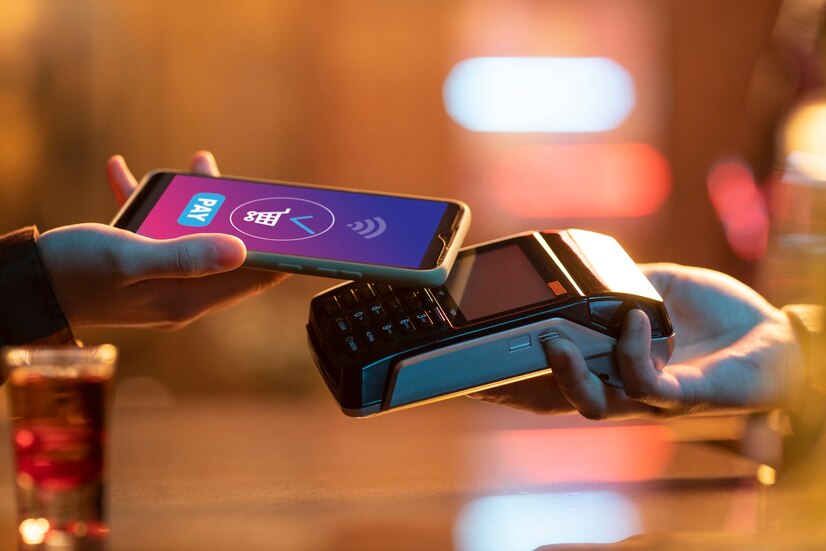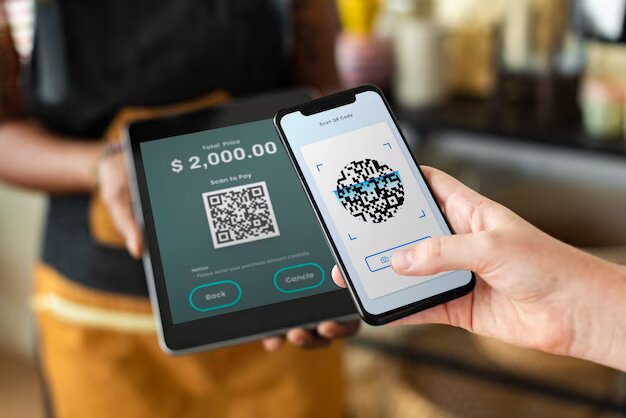The future of payment gateway integration holds many exciting predictions and possibilities that will surely change the way we conduct financial transactions. With technology evolving at a rapid pace, we can expect more trends to shape payment models.
First, the rise of blockchain and cryptocurrencies is poised to revolutionize the way payments are made. Cryptocurrencies such as Bitcoin and Ethereum offer secure and decentralized payment methods, reducing the need for middlemen. This can lead to faster, cheaper and borderless transactions. First, the rise of blockchain cryptocurrencies is poised to revolutionize the way payments are made.
Cryptocurrencies such as Bitcoin and Ethereum offer secure and decentralized payment methods, reducing the need for middlemen. This can lead to faster, more cost-effective and unrestricted transactions.
Furthermore, artificial intelligence and machine learning play an important role in fraud prevention and risk management. Payment gateways will use this technology to enhance security by analyzing transaction data in real-time, enabling better detection of fraudulent activity and reduction of false positives.
Additionally, the Internet of Things (IoT) is slowly making its mark in integrated payments. IoT devices such as smart or wearable refrigerators can make payments on behalf of the user, creating a seamless and convenient shopping experience.
There is also promise for better privatization in the future. Payment gateways will increasingly leverage big data and customer behavior analytics to personalize payment methods and offers, making the payment experience more convenient and efficient.
Finally, biometric authentication methods such as fingerprints or facial recognition are becoming increasingly common. These options provide a high level of security and convenience, as they can replace a traditional password or PIN.
In conclusion, the future of payment gateway integration is changing dramatically. Emerging technologies, such as blockchain, AI, IoT, personalization, and biometrics, are poised to redefine the way we make payments, delivering improved security, convenience and efficiency as these trends continue to evolve the, and to make customers and businesses seamlessly, secure, according to their specific needs and can expect a payment environment










